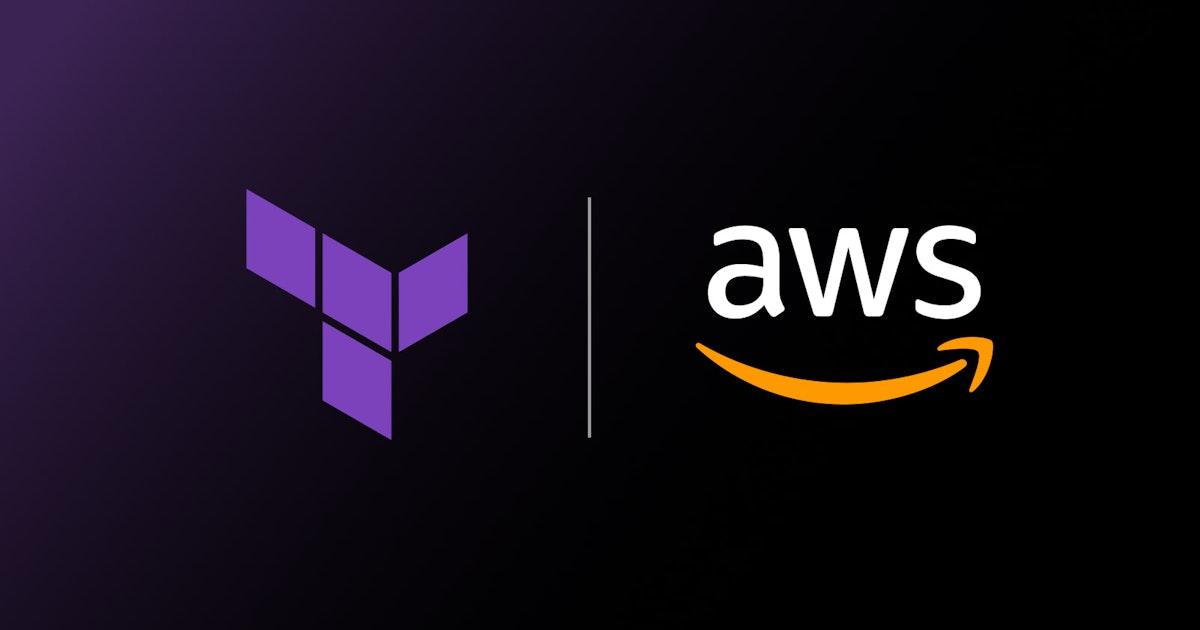How to Start Consolidating Your Cybersecurity Tools Analysis Report
5W1H Analysis
Who
The stakeholders involved predominantly include cybersecurity teams within organisations, particularly in the healthcare sector, given the example used. Additionally, the strategic planning staff and IT departments are crucial players in this consolidation process.
What
This news highlights the transition from a fragmented approach to a strategic consolidation of cybersecurity tools and platforms. It details a practical roadmap and presents a case study involving a healthcare company that successfully undertook this transition.
When
The news was published on 27th May 2025, referencing current trends in cybersecurity consolidation efforts that are currently underway in the industry.
Where
While specific geographic locations are not detailed, the guidance applies broadly across the global market, particularly targeting sectors with high data sensitivity like the healthcare industry.
Why
The motivation for consolidating cybersecurity tools stems from the need to reduce complexity, enhance security posture, and improve efficiency. Fragmented systems pose risks due to inconsistencies and potential gaps in coverage.
How
The consolidation process involves assessing existing tools, identifying overlaps, and systematically opting for integrated solutions that align with strategic goals. It requires stakeholder collaboration and strategic planning to ensure a seamless transition.
News Summary
The discussed article outlines a method for transitioning from a scattered array of cybersecurity tools to a more streamlined and strategic set-up. It specifically highlights a healthcare company’s successful consolidation as a case study. The aim is to enhance security effectiveness and operational efficiency by creating a more unified cybersecurity strategy.
6-Month Context Analysis
In the last six months, there has been an increasing focus on cybersecurity due to growing threats and regulatory pressures. Many organisations, particularly in sectors handling sensitive information like healthcare and finance, have been investing in more cohesive solutions. This shift reflects a broader industry trend towards integrating tools to improve efficiency and reduce risk.
Future Trend Analysis
Emerging Trends
The trend towards consolidation represents a shift towards risk management through efficiency and unified systems. As cyber threats evolve, the need for coordinated and comprehensive cybersecurity solutions becomes paramount.
12-Month Outlook
Over the next year, we can expect more organisations to follow suit, particularly in sectors with stringent compliance requirements. The trend will likely extend to other high-risk industries as well, such as banking and public services.
Key Indicators to Monitor
Key metrics to watch include the adoption rates of integrated cybersecurity platforms, the frequency and impact of data breaches in sectors adopting consolidation, and regulatory changes that may mandate more cohesive approaches.
Scenario Analysis
Best Case Scenario
In the optimal outcome, stakeholders successfully reduce costs, enhance security measures, and increase operational efficiency by implementing a well-coordinated cybersecurity toolset. This could lead to reduced incidents of data breaches and lower risk exposure.
Most Likely Scenario
Most organisations experience moderate success with varying degrees of complexity and alignment in consolidation, leading to improved but not fully optimised security setups.
Worst Case Scenario
Potential challenges include integration failures, disruptions during transition, and unforeseen vulnerabilities that could arise, risking higher exposure to cybersecurity threats.
Strategic Implications
Organisations should prioritise strategic planning and robust stakeholder engagement to achieve seamless transitions. Investing in training and change management will be essential to ensure all teams adapt to new systems effectively.
Key Takeaways
- Healthcare organisations and similar sectors must prioritise cybersecurity tool consolidation to manage sensitive data better.
- Integrated cybersecurity tools enhance both security posture and operational efficiency by reducing system complexity.
- Monitoring the adoption of consolidation strategies across industries will reveal emerging best practices and technological advancements.
- Strategic planning and thorough assessment of existing systems are crucial for successful tool consolidation.
- Investing in change management ensures minimal disruption during the transition to consolidated systems.













Discussion